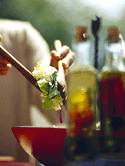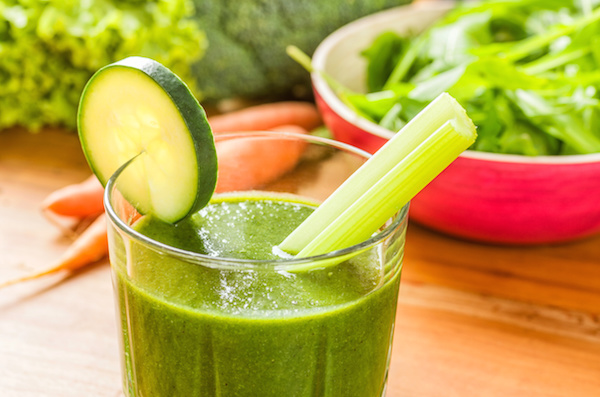
FRIDAY, Sept. 7 (HealthDay News) — Six separate recalls of bagged lettuce since April haven’t done much to bolster the public’s confidence in pre-cut and pre-washed greens.
So what is one to do when faced with multiple choices in the produce aisle? Should it be bagged lettuce or au naturel?
The short answer is to go with your personal preference, but be sure to wash whatever you choose, whether it’s bagged or not.
“I wouldn’t make much of a distinction between them in terms of food safety,” said Dr. Ken Spaeth, director of the Occupational and Environmental Medicine Center at North Shore University Hospital, in Manhasset, N.Y. “They should both be approached by consumers as generally safe items that require thorough washing before use.”
Dr. Philip Tierno, director of clinical microbiology and immunology at the NYU Langone Medical Center in New York City, prefers the bagged lettuce because it generally is pre-washed — and he washes it again at home.
Most of the recent recalls have been due to contamination with listeria, a type of bacteria ubiquitous in the environment. Listeria not only survives but also thrives in the colder temperatures of a refrigerator.
“It reproduces and increases in colony count,” said Tierno, who also is the author of The Secret Life of Germs.
These two factors make it easy for listeria to linger long enough to end up on the products people eat, often transferred onto produce and other foods by humans who, say, aren’t in the habit of washing their hands.
Humans carry listeria naturally in their intestines, but not in numbers sufficient to cause problems. If, however, listeria has been prospering in your refrigerator, your head or bag of lettuce may provide enough pathogens to cross a nasty threshold, experts say.
Bagged lettuce — once it hits the supermarket — likely has fewer bacteria than loose lettuce, as it usually is triple washed (one cycle with chlorine) and customers, sans gloves, haven’t been touching and feeling it.
The triple-washing process usually kills about 90 percent of potential organisms, but that can still leave a lot, said Tierno.
Here are some food safety tips when it comes to raw produce:
- The U.S. Food and Drug Administration recommends washing your hands with soap and warm water for at least 20 seconds both before and after preparing fresh produce.
- Also clean any surfaces you will be using, such as countertops and cutting boards, advised Tierno.
- Then, of course, wash the produce, even adding a bit of lemon or chlorine to more thoroughly sanitize it, he said.
- Never put produce in the kitchen sink. “The sink and drain contain millions of bacteria per square inch,” said Tierno.
“Washing is not a guarantee that you’ll avoid contamination, but it would certainly reduce the risk,” said Spaeth. “On the whole, produce is quite safe. While we want to be responsible in regards to cleaning produce, once we have it in the house there’s no basis to be panicky.”
More information
The U.S. Food and Drug Administration has more on safe handling practices for raw produce.

